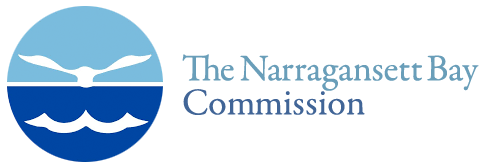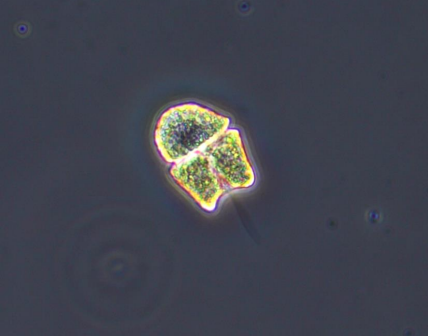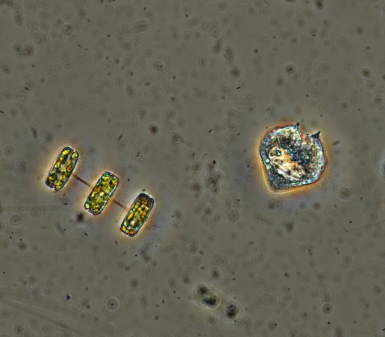May 14, 2025
Nutrient samples were collected from seven river stations and seven bay stations on May 14th. All bay stations were sampled at the surface and the bottom. In the five days prior to sampling, 0.29 inches of precipitation were recorded at T.F. Green.
Among the river stations sampled, the highest total nitrogen (TN) was observed at Blackstone River @ Bikepath Bridge. (TN = 823 ppb). The highest total dissolved nitrogen (TDN) was observed at Blackstone River @ Slater Mill (TDN = 993 ppb). The highest dissolved inorganic nitrogen was observed at Pawtuxet River @ Broad St. (DIN = 520 ppb). The lowest TN, and DIN were observed at the Moshassuck River @ Footbridge at Mill St. (TN = 636 ppb, DIN = 683 ppb). The lowest TDN was observed at Blackstone River @ Stateline (TDN 428 ppb).
Among the bay stations sampled, the highest surface total nitrogen (TN) was observed at India Point Park (TN = 857 ppb). The highest total dissolved nitrogen (TDN) was observed at Phillipsdale Landing (TDN = 736 ppb). The highest dissolved inorganic nitrogen (DIN) was observed at Pawtuxet Cove (DIN = 453 ppb). The lowest surface TN, TDN and DIN concentrations were observed at Conimicut Point (TN = 645 ppb, TDN = 359 ppb, DIN = 183 ppb).
The next scheduled sampling date is May 28, 2025.



